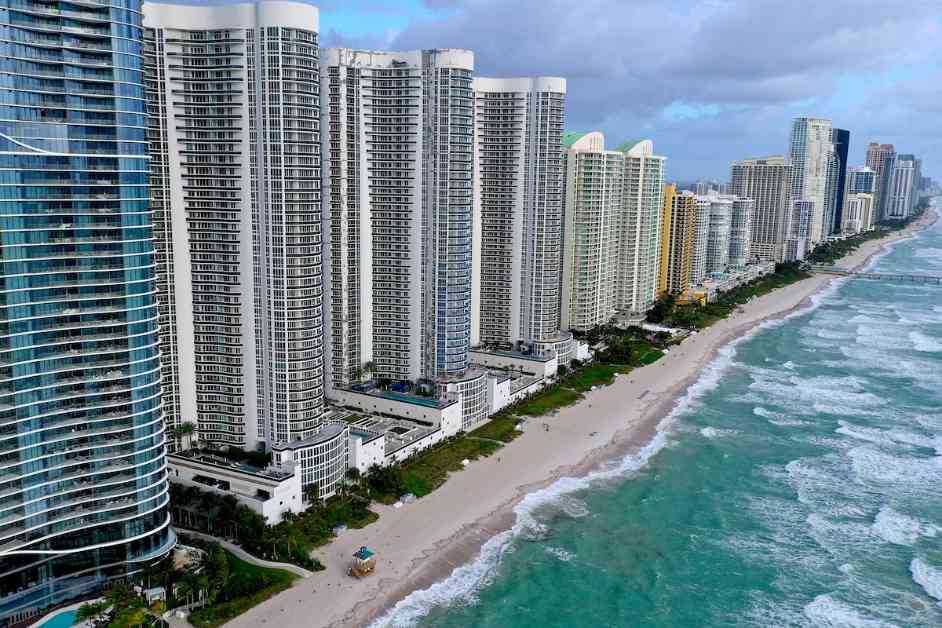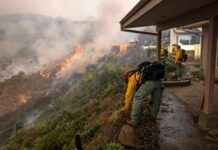South Florida Beachfront Buildings Sinking Faster Than Expected: Research Results
A recent study conducted by a team of scientists in Germany and the United States has revealed alarming results about the sinking of tall, heavy buildings along the South Florida coast. The researchers compared satellite images from several years to investigate ongoing subsidence in the area, shedding light on the surprising rate at which these structures are sinking into the ground.
Unexpected Discoveries
The study, published in the journal Earth and Space Science, utilized Interferometric Synthetic Aperture Radar (InSAR) technology to analyze subsidence along the coastal strip of the Miami barrier islands from 2016 to 2023. The researchers documented vertical displacements ranging from 2 to 8 cm, impacting a total of 35 coastal buildings and their surroundings. What caught their attention was the fact that many of the subsiding structures were built after 2014, indicating a potential correlation between construction activities and subsidence.
Human vs. Natural Causes
While previous research has pointed to various factors that can contribute to subsidence, such as earthquakes and water movements, the study emphasized the role of human activities in exacerbating the issue. The weight of the built environment, especially in the form of large buildings, was highlighted as a significant factor in the accelerated sinking of these coastal structures.
Concerns for Building Stability
The researchers expressed particular concern about the potential impact of subsidence on the structural stability of these buildings. They noted that the majority of the sinking structures showed sudden onset or acceleration of subsidence, suggesting a direct link to nearby construction activities. The study also identified a spatio-temporal connection between new construction and subsidence, emphasizing the need for further monitoring and assessment to ensure the safety of these buildings.
Call for Action
As the research team delved deeper into the issue, they underscored the importance of using advanced technologies like InSAR to monitor building settlement and structural stability. By identifying load-induced creep deformation within the sandy layers of the limestone, the study highlights the critical need for ongoing surveillance to prevent potential structural damage and ensure the safety of residents and occupants in these coastal areas.
In conclusion, the findings of this study serve as a stark reminder of the complex interactions between human activities and natural processes in shaping our environment. It is imperative that we continue to prioritize environmental monitoring and research to address emerging challenges and safeguard the resilience of our built environment.














